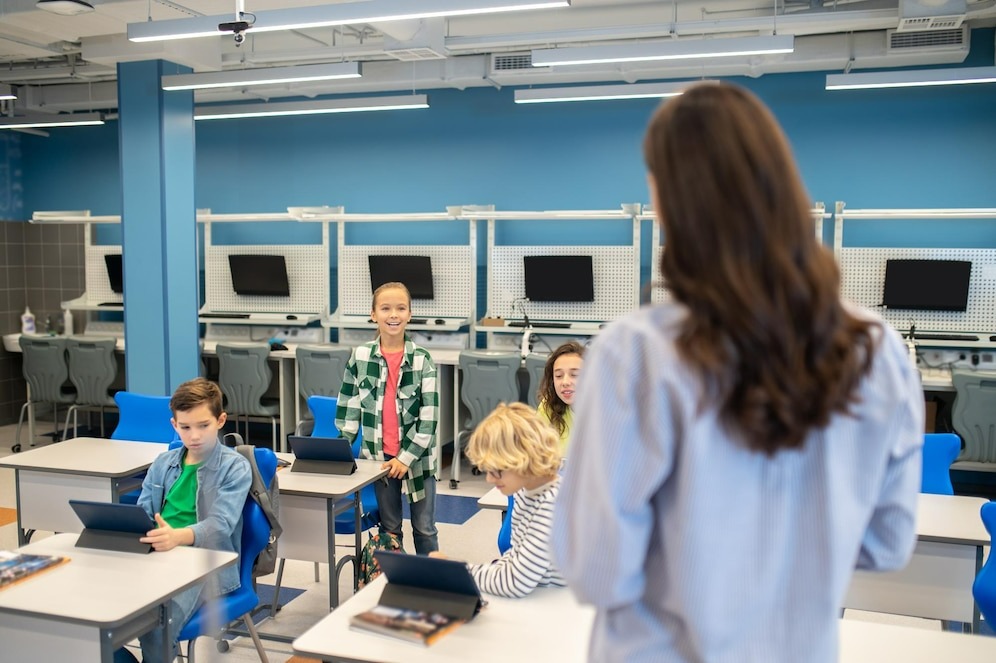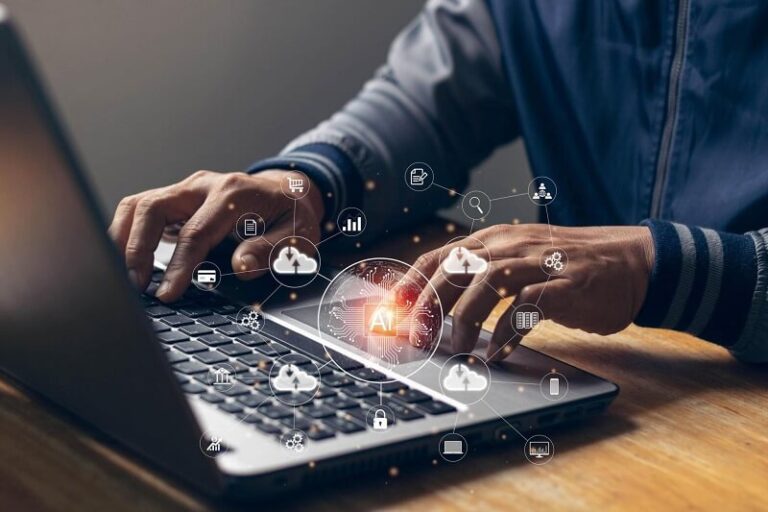In the digital age, technology has become an integral part of education, revolutionizing the way schools operate and students learn. Two key innovations driving this transformation are School ERP (Enterprise Resource Planning) systems and Smart Classrooms. By integrating these technologies, educational institutions can enhance administrative efficiency, improve teaching effectiveness, and create dynamic learning environments tailored to the needs of 21st-century learners.
School ERP systems serve as comprehensive platforms for managing various aspects of school administration, including student information, attendance tracking, timetable scheduling, resource allocation, and financial management. These systems streamline administrative processes, automate routine tasks, and provide educators, students, and parents with real-time access to relevant information and resources.
On the other hand, Smart Classrooms leverage technology to create interactive and engaging learning environments that foster collaboration, critical thinking, and creativity. Equipped with digital whiteboards, interactive displays, multimedia content, and internet connectivity, Smart Classrooms enable educators to deliver dynamic and personalized lessons that cater to the diverse needs and learning styles of students.
By integrating School ERP systems with Smart Classrooms, educational institutions can harness the power of technology to transform education management and teaching practices. Here are some key benefits of this integration:
Seamless Data Integration:
-
Integrating School ERP systems with Smart Classrooms allows for seamless data integration between administrative and academic functions. Student information, attendance records, and academic performance data can be accessed and updated in real-time, enabling educators to make informed decisions and tailor instruction to individual student needs.
Enhanced Communication and Collaboration:
-
School ERP systems with integrated communication tools facilitate seamless communication and collaboration among stakeholders, including administrators, educators, students, and parents. Smart Classrooms further enhance collaboration by enabling interactive discussions, group activities, and multimedia presentations that engage students and promote active learning.
Personalized Learning Experiences:
-
The integration of School ERP systems with Smart Classrooms enables educators to deliver personalized learning experiences that cater to the unique needs and interests of each student. By leveraging data analytics and AI algorithms, educators can identify learning gaps, track student progress, and provide targeted interventions to support student learning and achievement.
Improved Teaching Effectiveness:
-
Smart Classrooms equipped with interactive multimedia content and digital learning resources enhance teaching effectiveness by making lessons more engaging, interactive, and relevant to students. Educators can incorporate videos, animations, simulations, and virtual reality experiences into their lessons to illustrate complex concepts, facilitate discussions, and deepen student understanding.
Enhanced Administrative Efficiency:
-
Integrating School ERP systems with Smart Classrooms streamlines administrative processes, reduces paperwork, and automates routine tasks such as attendance tracking, gradebook management, and assignment submission. This frees up time and resources for educators to focus on teaching and learning, improving overall efficiency and productivity.
Access to Real-Time Analytics:
-
School ERP systems with integrated analytics dashboards provide educators and administrators with access to real-time data and insights on student performance, attendance patterns, and academic trends. This enables proactive intervention, data-driven decision-making, and continuous improvement in teaching and learning practices.
In conclusion, the integration of School ERP systems with Smart Classrooms represents a paradigm shift in education management and teaching practices. By leveraging technology to create dynamic and interactive learning environments, educational institutions can enhance administrative efficiency, improve teaching effectiveness, and create personalized learning experiences that empower students to succeed in the digital age. As technology continues to evolve, the possibilities for innovation and collaboration in education are limitless, and the integration of School ERP systems with Smart Classrooms is just the beginning of a transformative journey towards a more inclusive, engaging, and effective education system.












